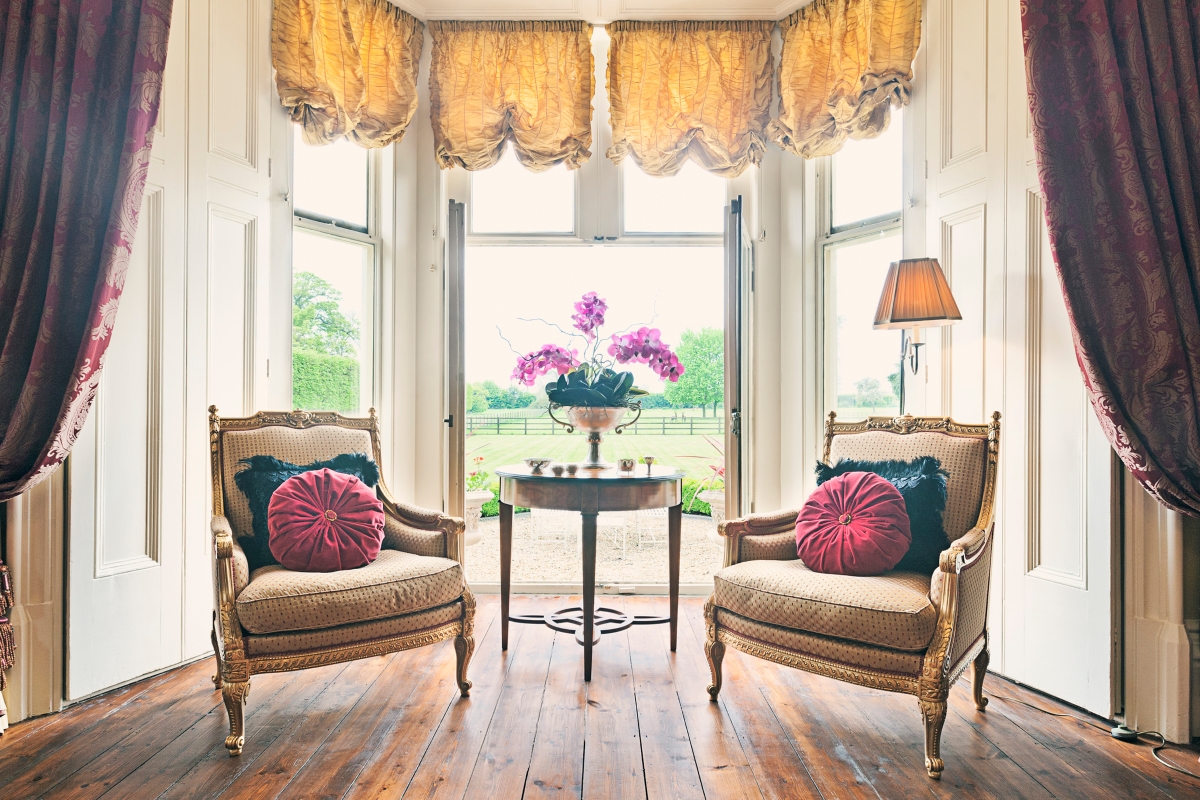

We may earn revenue from the products available on this page and participate in affiliate programs. Learn More ›
Home Advice You Can Trust
Tips, tricks & ideas for a better home and yard, delivered to your inbox daily.
By signing up you agree to our Terms of Service and Privacy Policy.
Your dream was an antique house with all the charm and character that comes with it. But new homes are now $3.50 per square foot less than existing homes, according to a May 2024 Zillow report. You might be priced out of that dream Victorian or Craftsman, but that doesn’t mean you can’t get similar character and charm. Ranging from simple fixes like changing the paint colors to more ambitious projects like adding trim and beadboard, a few simple changes will transform your builder-grade home into something special.
Install crown molding.
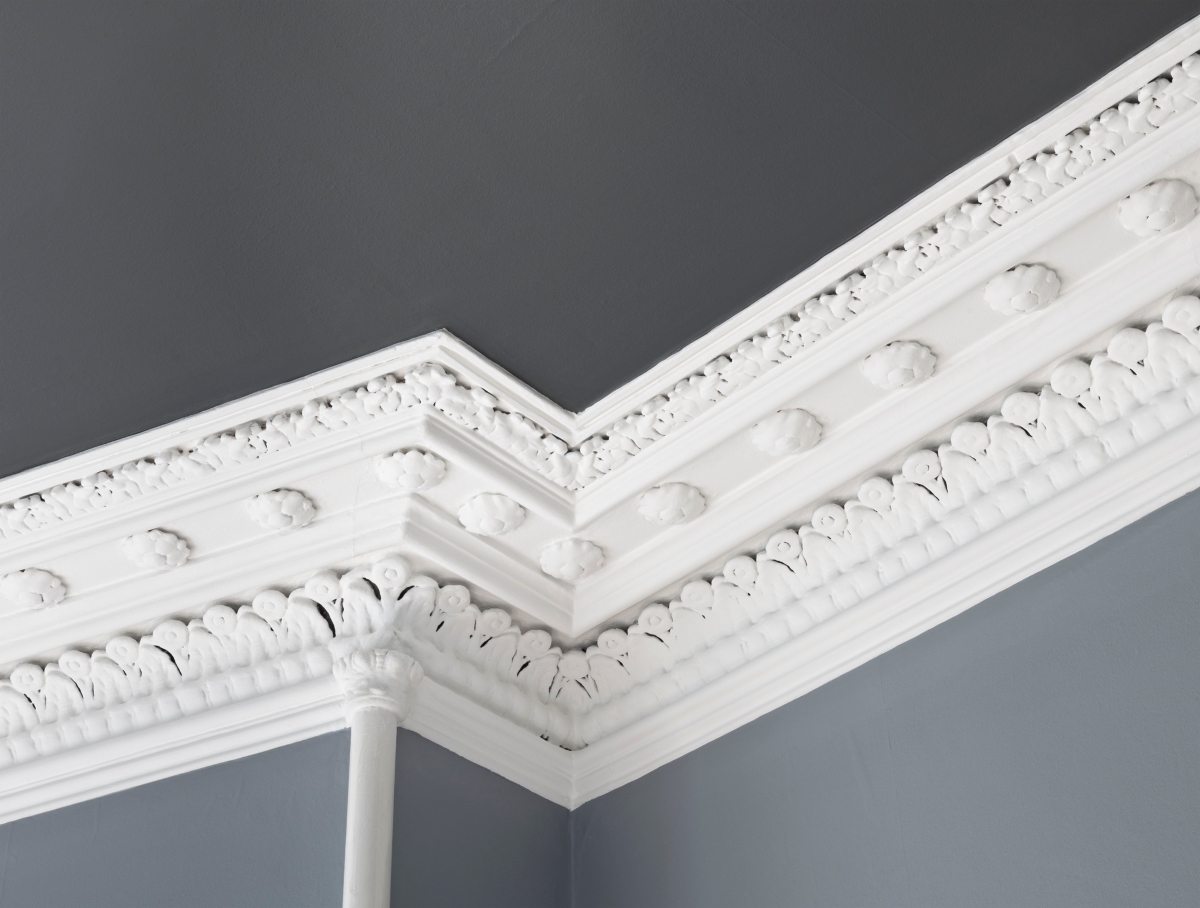
Photo: georgeclerk/E+ via Getty Images
In older homes, it’s all about the small details. Take crown molding, for example. Available in widths from simple to extravagant, crown molding provides a finishing touch in any room. Before you do it yourself, check that you’ve got the right tools for the job or hire a pro to help you cut each piece to size and install it properly against the wall.
Mix up the furniture.
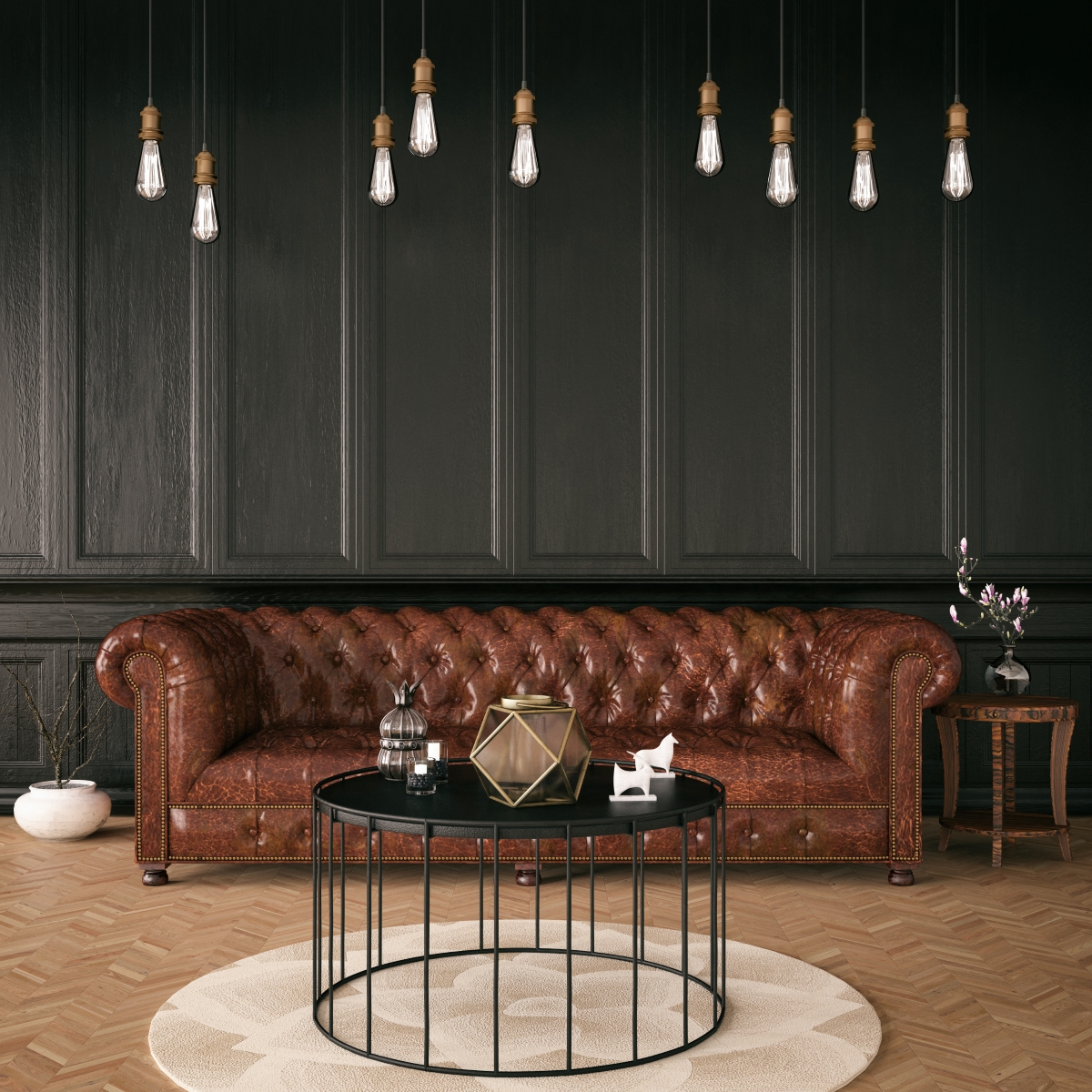
Photo: asbe/E+ via Getty Images
If you want to achieve a layered, lived-in look, then buying all your furniture at a department store in one afternoon won’t cut it. Instead, either gradually acquire your pieces over time to achieve the mismatched heirlooms-and-world-traveler look. Or go with mixed styles at the start by buying secondhand furniture with character. Think Chesterfield tufted sofas, nesting tables, and gold-framed mirrors. Craft fairs, antiques stores, art exhibits, and online marketplaces offer unusual pieces that can infuse your home with timeless charm.
Paint the drywall.
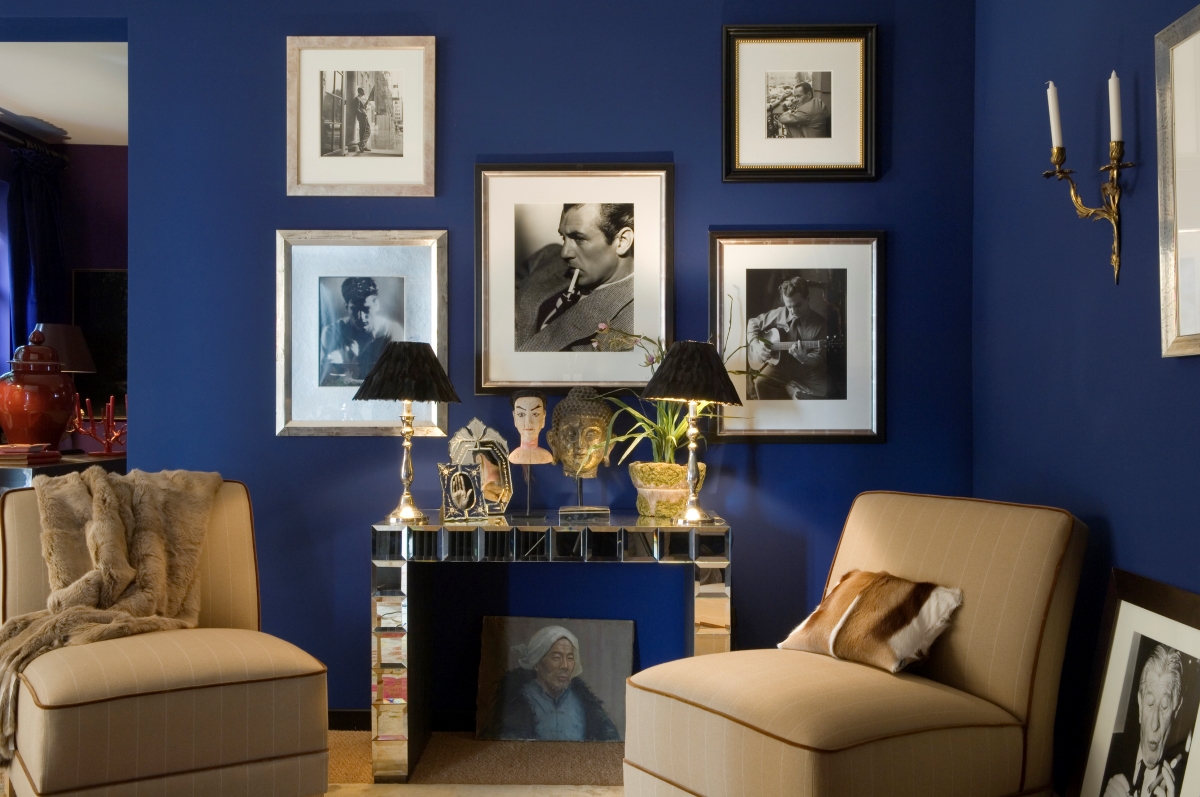
Photo: Andreas von Einsiedel/Corbis Documentary via Getty Images
Nothing dates a home like color. If you’re trying to evoke a particular period, a change of hue can transport your home back in time. Arts and Crafts, Victorian, and Colonial interiors each call for different historic paint colors, and paint companies offer collections to help you mix up the perfect combination.
Add built-ins for decorative storage.
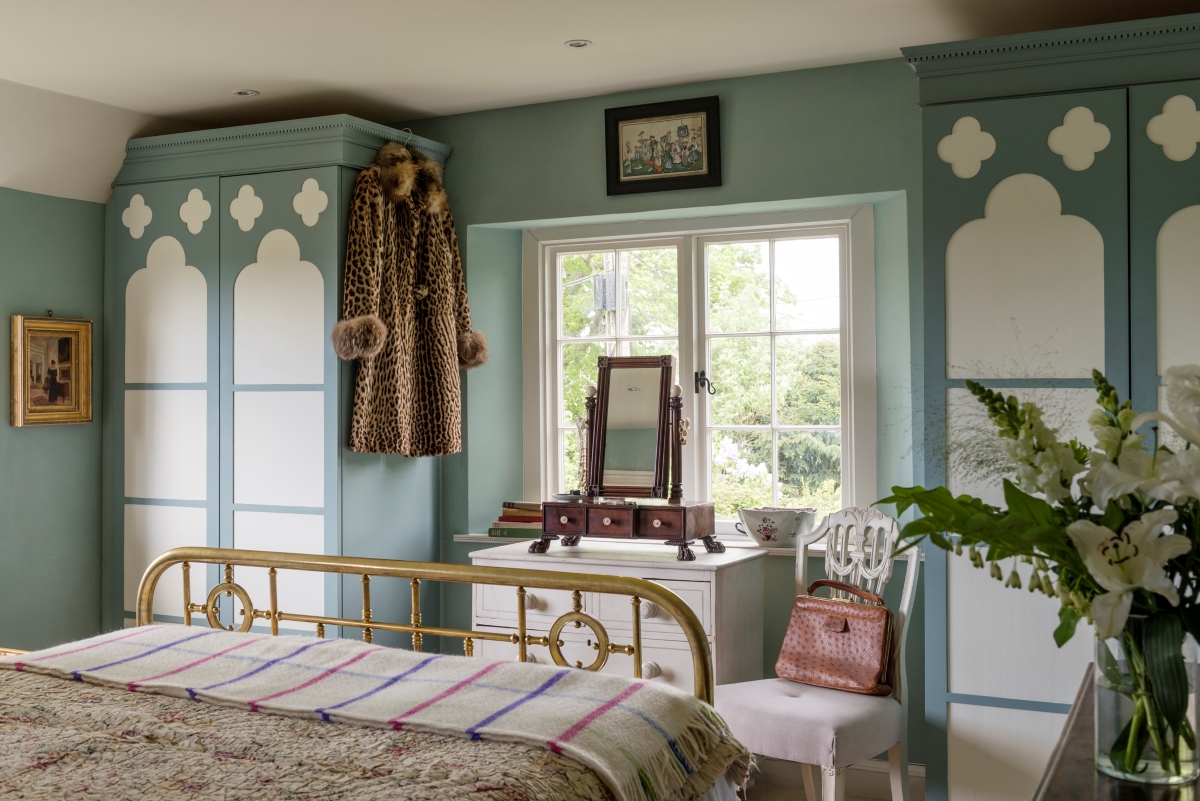
Photo: Andreas von Einsiedel/Corbis Documentary via Getty Images
Not only are built-in shelves and bookcases practical—turning empty spaces into valuable storage nooks—but they also give a home a stately, custom look. Alter the styling according to your taste. For instance, a built-in lined with beadboard appears farmhouse-rustic, while darker wood tones call to mind a dignified old library. Built-in wardrobes in a bedroom create storage along with charm.
Tile the ceiling.
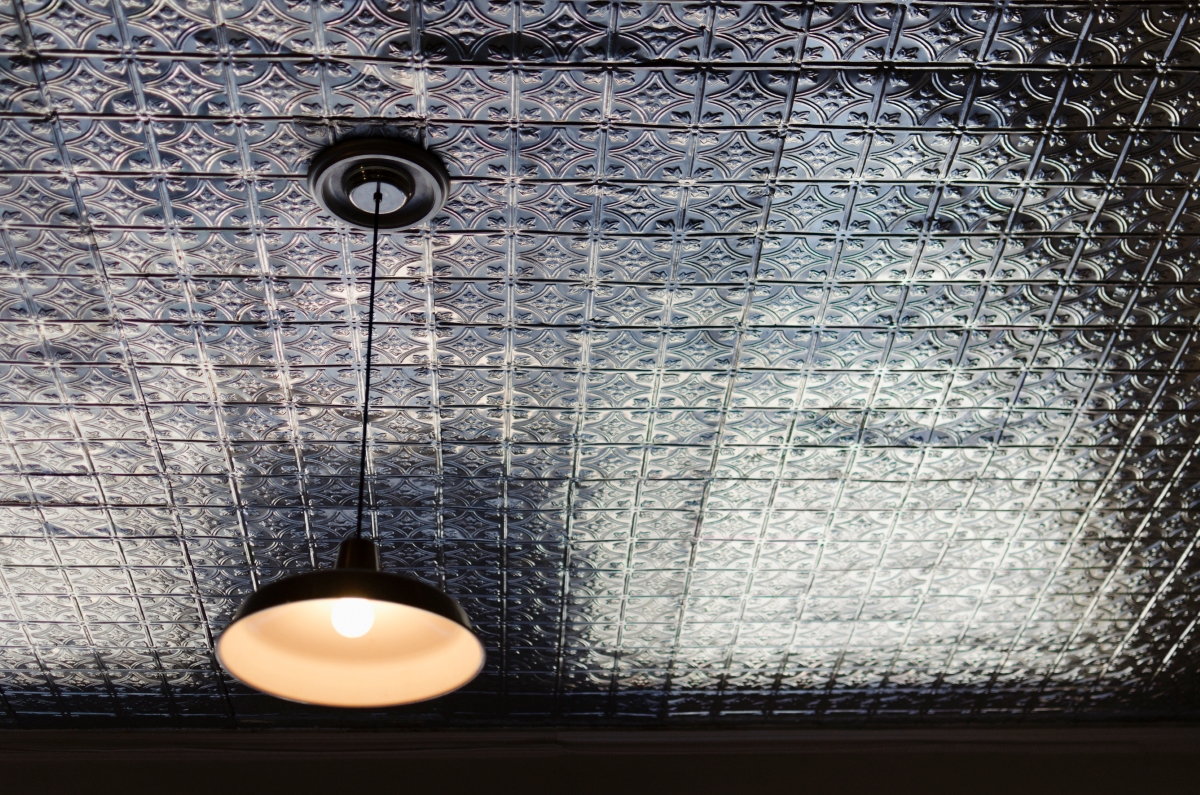
Photo: Jamie Grill/Tetra Images via Getty Images
While tin ceilings rose to popularity in the 1880s, they’re still in vogue today. Whether you add these tiles to your kitchen ceiling or use them to create an eye-catching vintage backsplash, they’re certain to bring in historical charm. For a lower-cost option, purchase Styrofoam ceiling tiles that offer the same old-fashioned look for less and still leave a lasting impression.
DIY your own wainscoting.
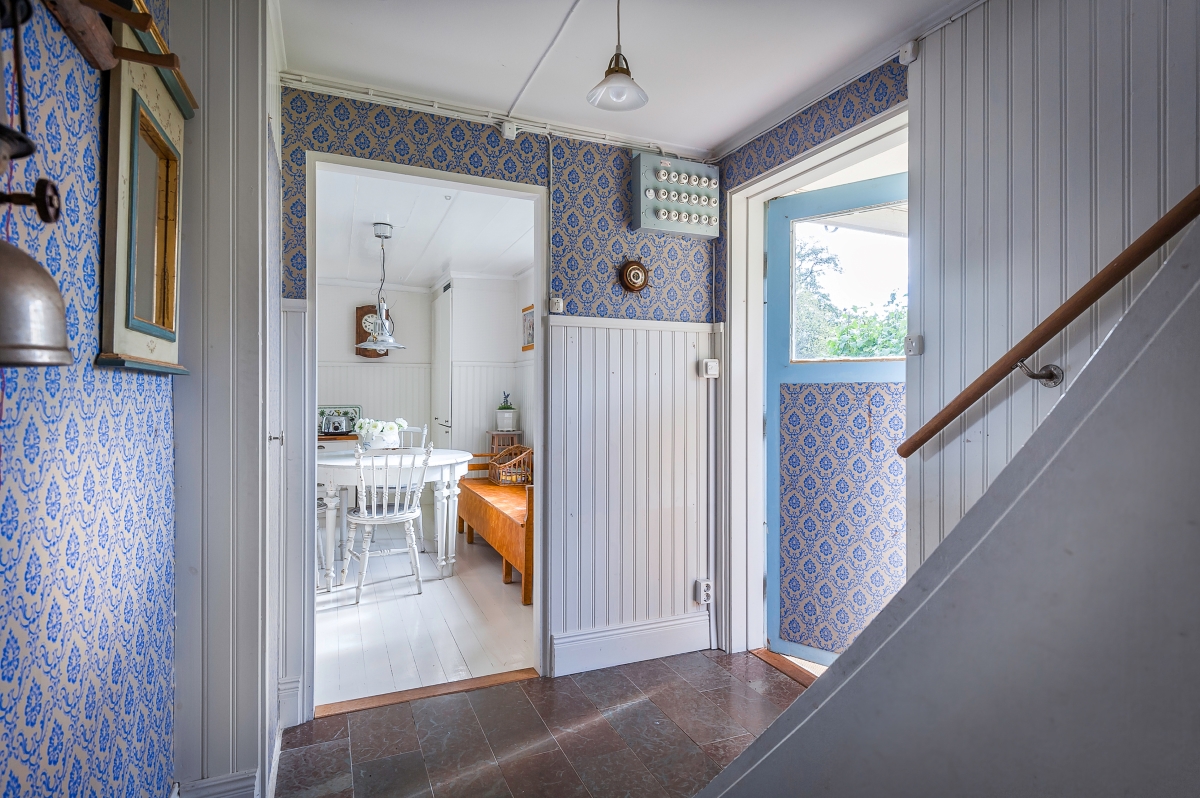
Photo: Göran Hoshi Johansson/500Px Plus via Getty Images
The three-dimensional quality of wainscoting adds a finishing touch to plain-Jane painted drywall. This millwork comes in a variety of styles, and for DIYers with good basic home improvement skills, it’s not too difficult to install wainscoting yourself. If you want to take your old-home quotient up a notch, remember that in older homes the fanciest wainscoting was reserved for the main floors. Save simpler wainscoting designs for the family quarters. Wainscoting isn’t just for the indoors either. Board-and-batten was often used on farmhouse exteriors during the Arts and Crafts era.
Choose natural materials.
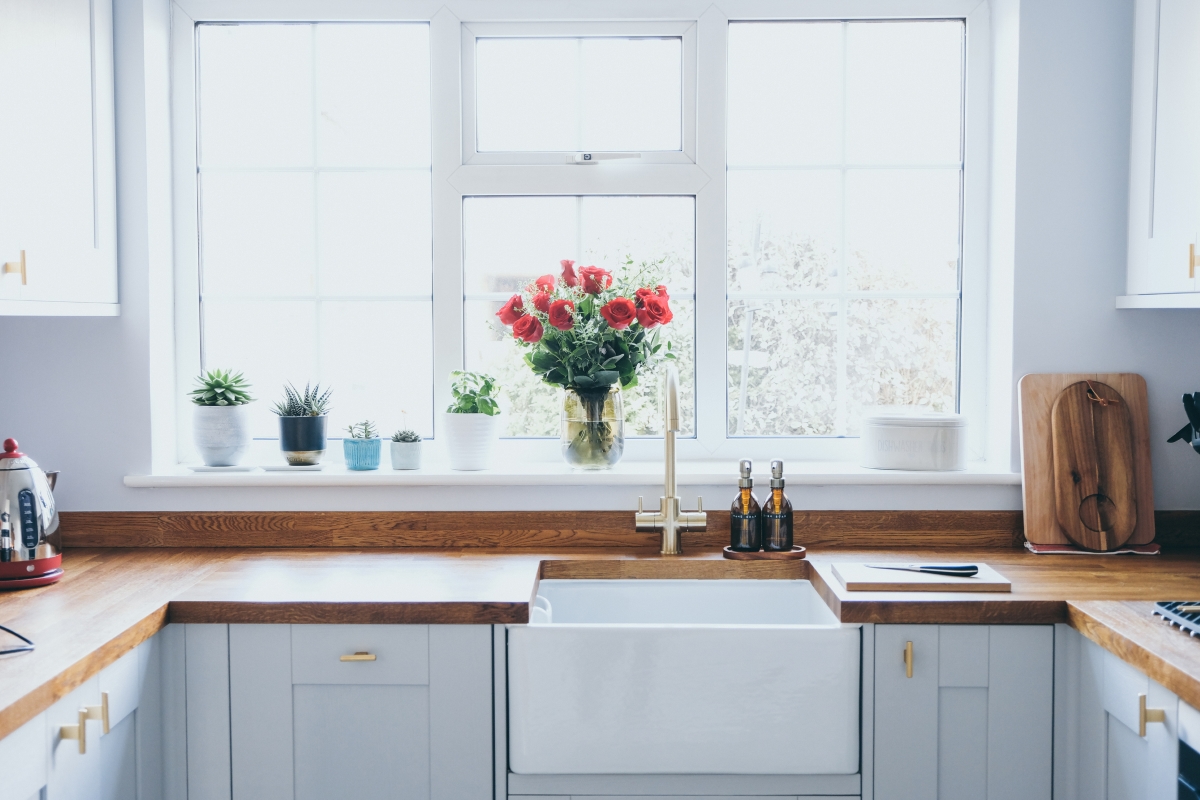
Photo: gollykim/E+ via Getty Images
There’s nothing wrong with laminate or vinyl surfaces, but if you want your countertops or floors to appear older—sturdier, even—opt for natural materials. For example, you might consider wood or stone countertops, and ceramic tile or hardwood floors. If you’re decorating to imitate a bygone era, keep in mind that wide-plank wood floors have a more antique look than narrow boards.
Change up your cabinet pulls.
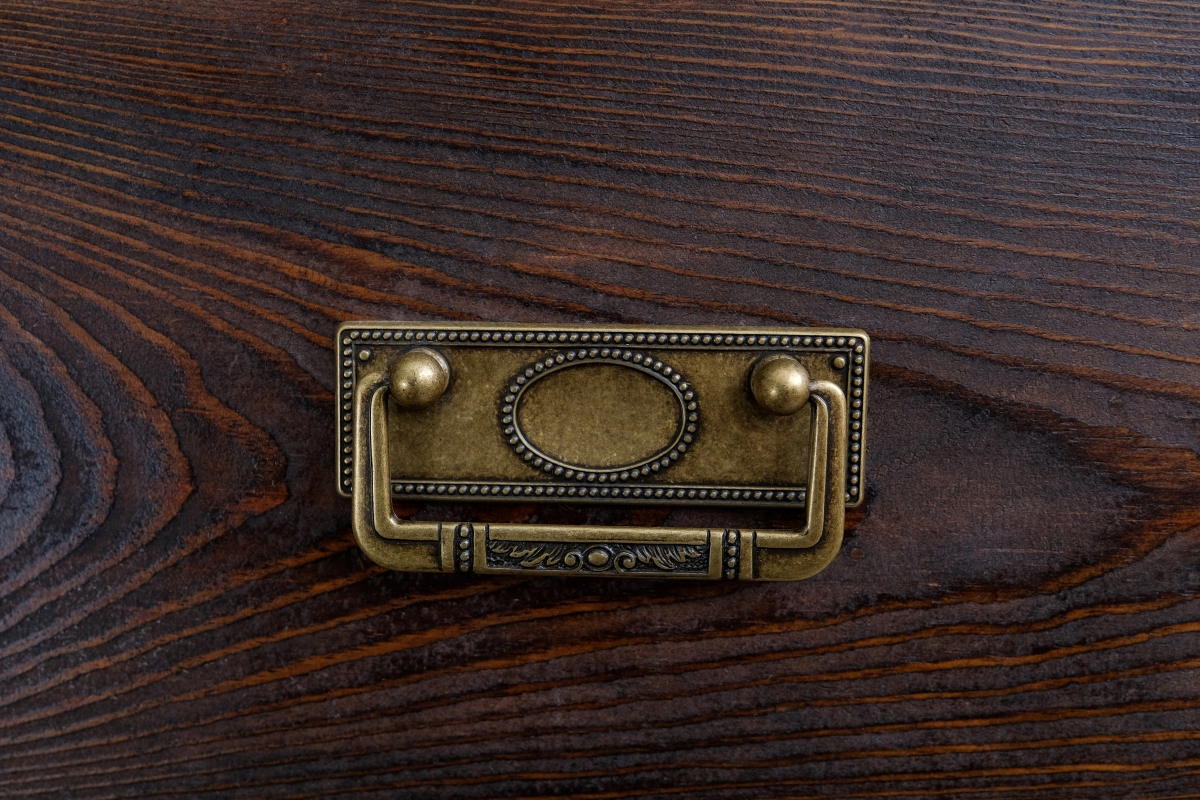
Photo: Aleksandr Zubkov/Moment via Getty Images
They didn’t have brushed aluminum and acrylic cabinet hardware back in the old days. So you know what you should replace in your house? Any pulls in your home that are made of these newfangled materials. In your kitchen and bathroom, consider using glass knobs, which were popular in the early 1900s when metal was in short supply due to the Great Depression and World Wars. To echo the look throughout your home, do the same with your desk drawer handles, dresser pulls, and closet doors.
Add antique accents to the staircase.
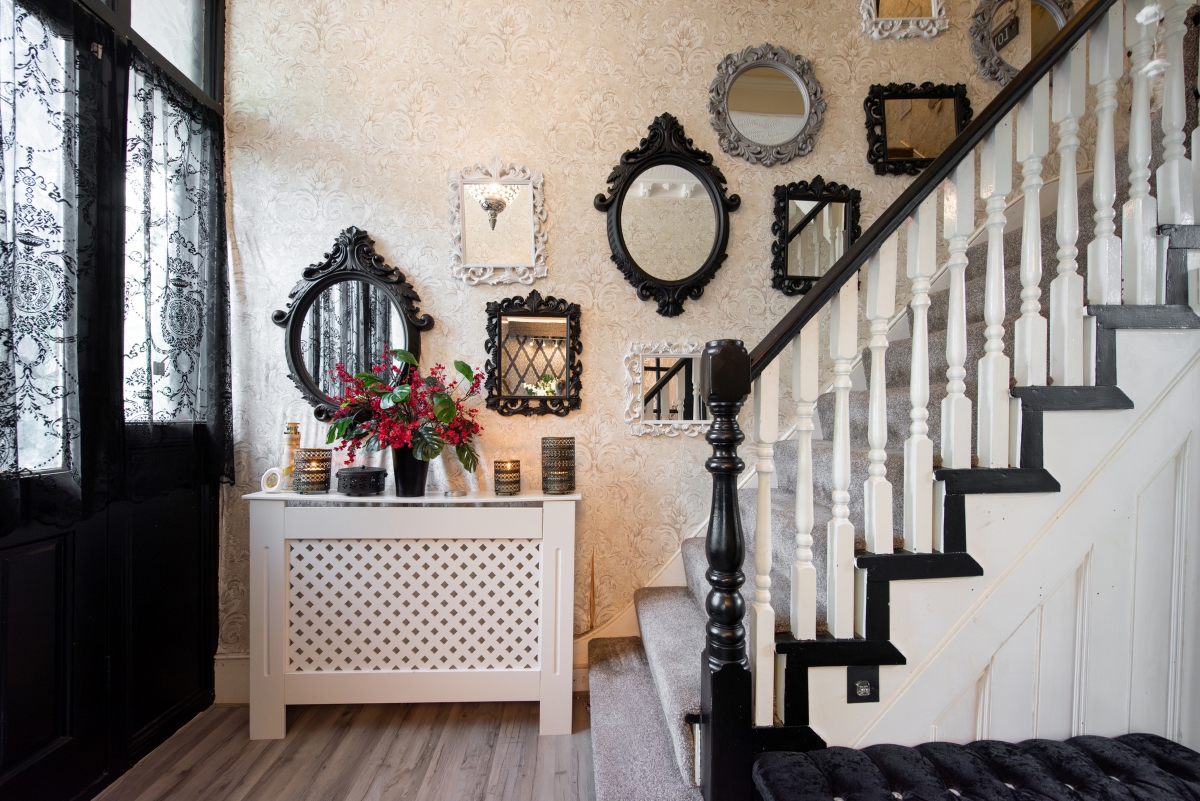
Photo: John Keeble/Moment via Getty Images
Most new houses are modeled after Colonial-era homes, with the staircase front and center and the various rooms stemming off a main hall. Consider replacing the handrails and newel post with more elegant woodwork. Check demolition auction sales, classified ads, and online sites to snag pieces that will make an impression. And if you really want to do it up right, rip up your wall-to-wall carpeting and install a stair runner for a signature antique look.
Upgrade your light switch and outlet plates.
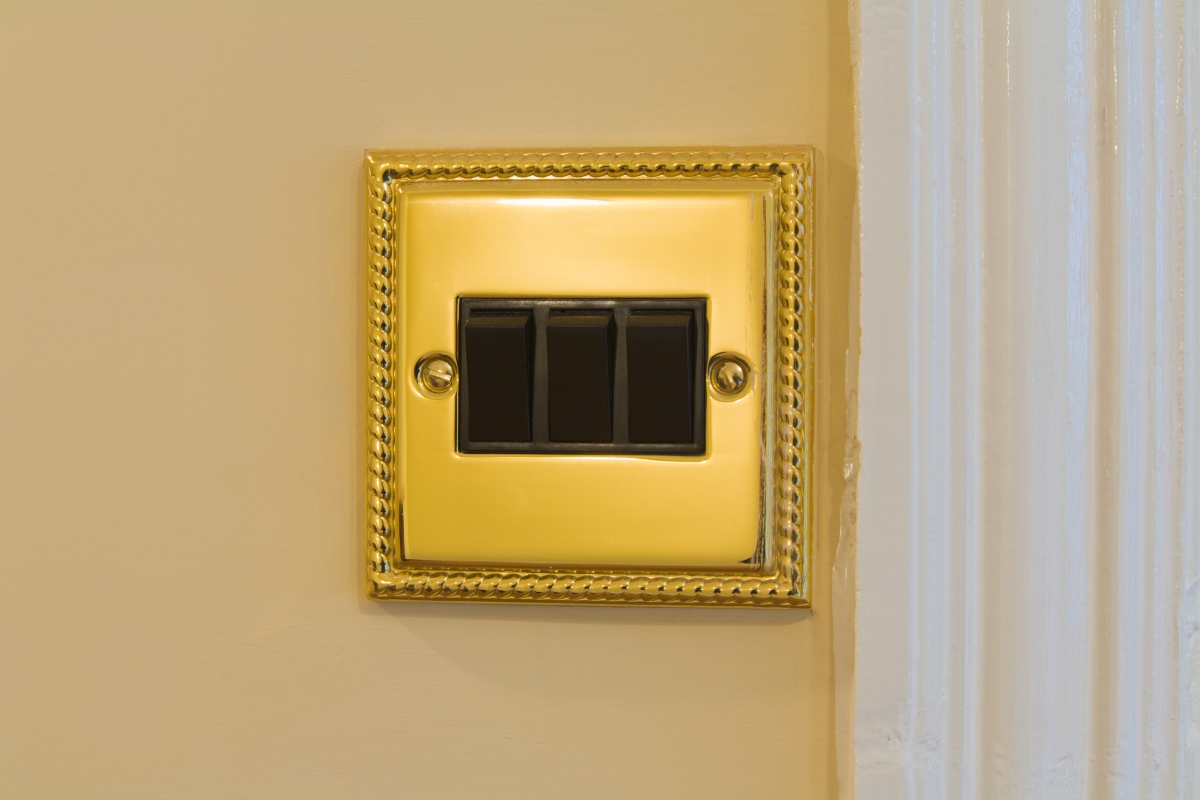
Photo: P A Thompson/The Image Bank via Getty Images
Builder’s-grade light switch and outlet plates are plain and lack any bit of visual appeal. Look for nickel and brass finishes to stay era-appropriate. You can check antiques shops if you’re a purist, but there are plenty of reproduction pieces that’ll do just fine. Be sure to follow safety guidelines when working with any kind of electrical project.
Create a focal point with a statement light fixture.
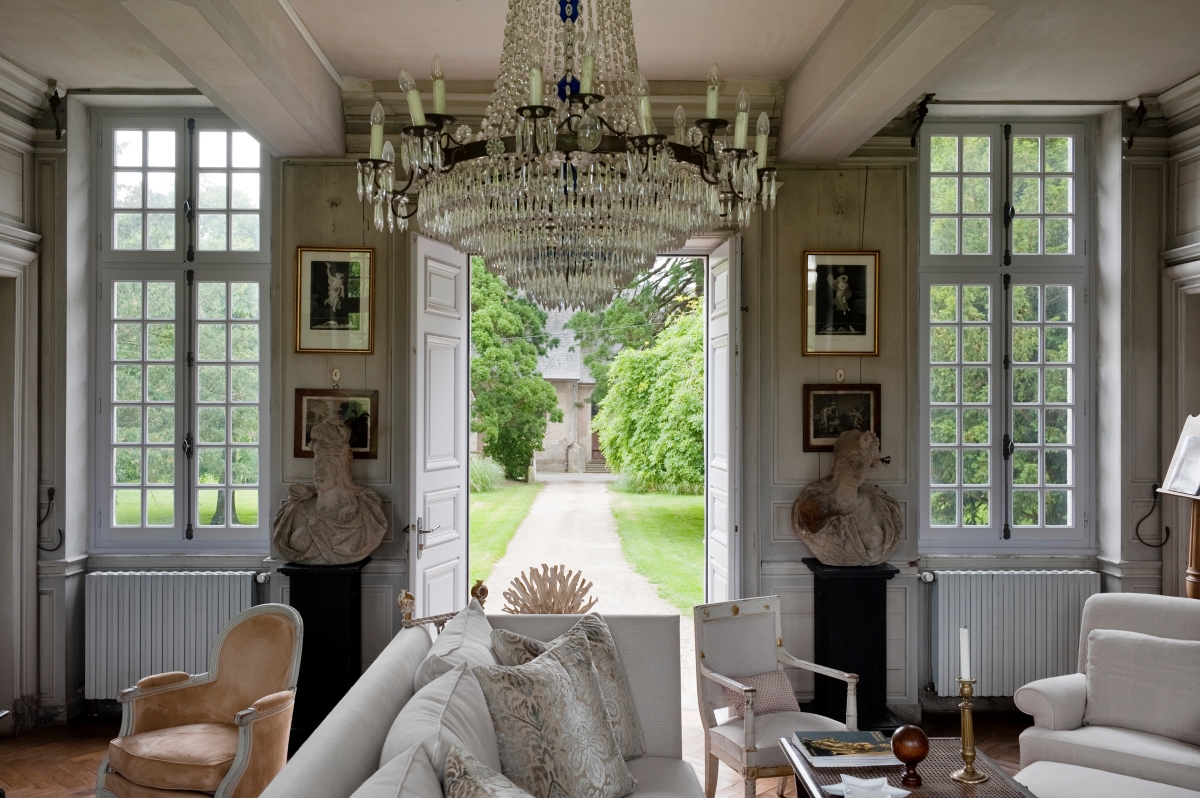
Photo: Andreas von Einsiedel/Corbis Documentary via Getty Images
Nothing screams contractor-built home like contractor-grade lighting. Replace generic ceiling fixtures for something that has more character, like chandeliers in the entry hall and living spaces. Outdoors, don’t forget the antique brass lanterns.
Hang wallpaper with vintage patterns.
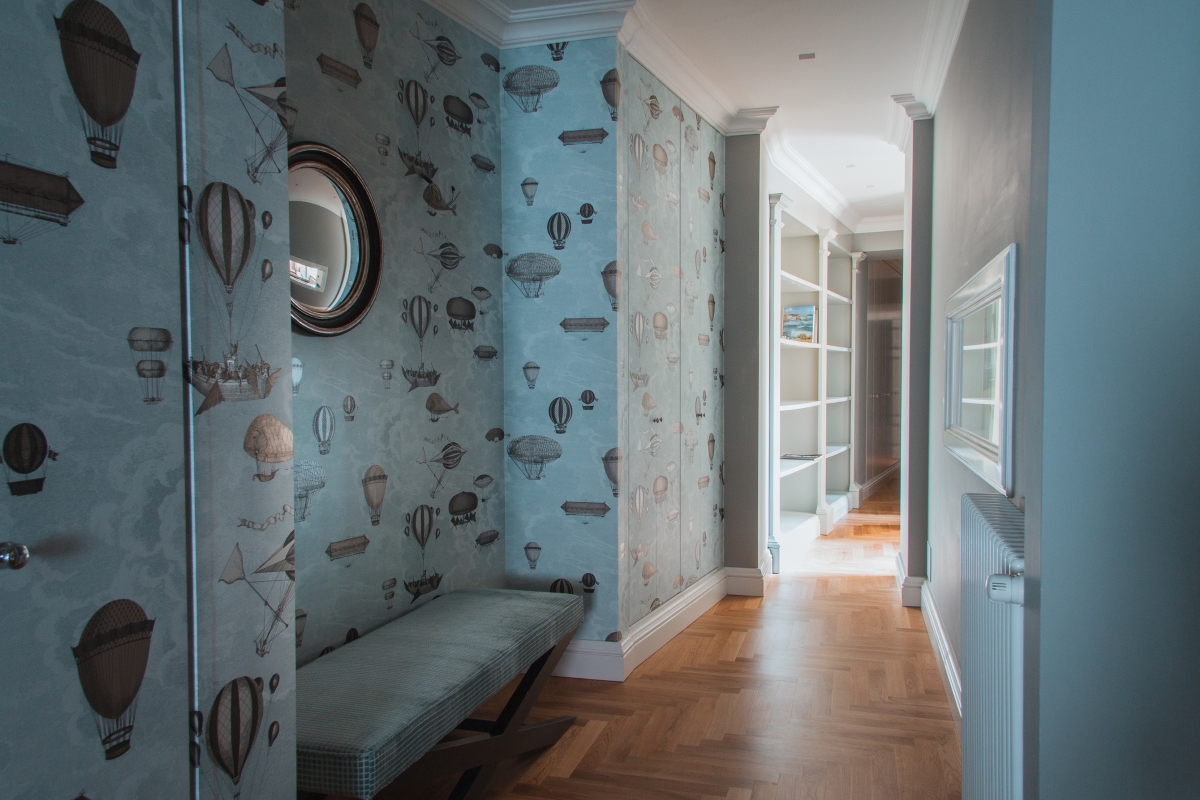
Photo: Eric Coppola/500Px Plus via Getty Images
Wallpaper was a popular choice in the early 1900s, but by the millennium it was outdated, and a pain to hang. Luckily, advancements like peel-and-stick application have made wallpaper much easier to put up. Covering blank walls with a fun pattern will make a major difference.
Replace exterior doors.
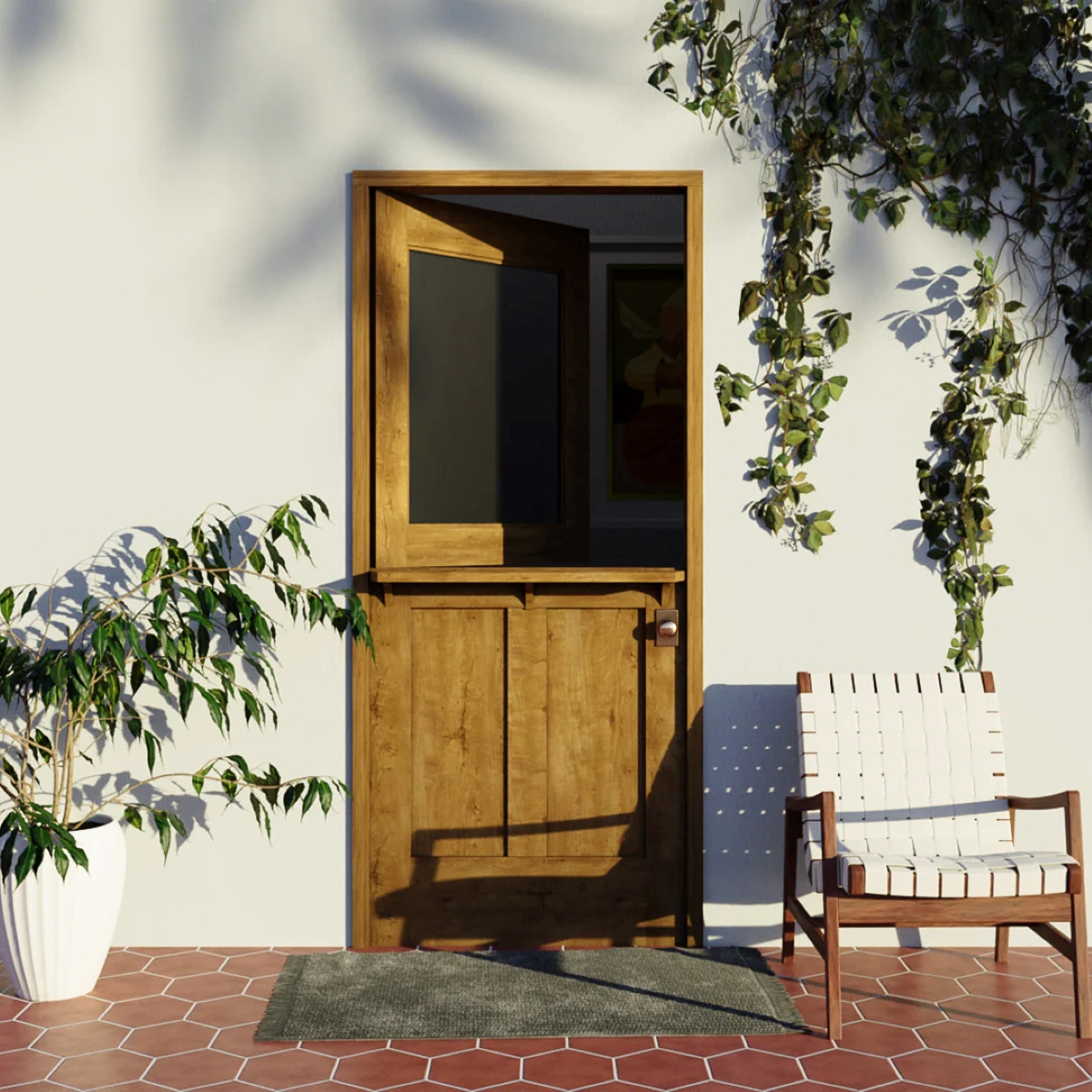
Photo: RealCraft
Swap out your simple exterior doors for ones that have more architectural interest, or paint them in shades that evoke an earlier era. You’ll be surprised at what a difference it makes when you switch your drab metal garage doors with warm wood ones. Swap out a lackluster porch entrance with an inviting Dutch door, which is split into independently operating upper and lower sections, allowing fresh air to flow. Look for doors of yesteryear at flea markets and salvage shops.
Close up the open floor plan.
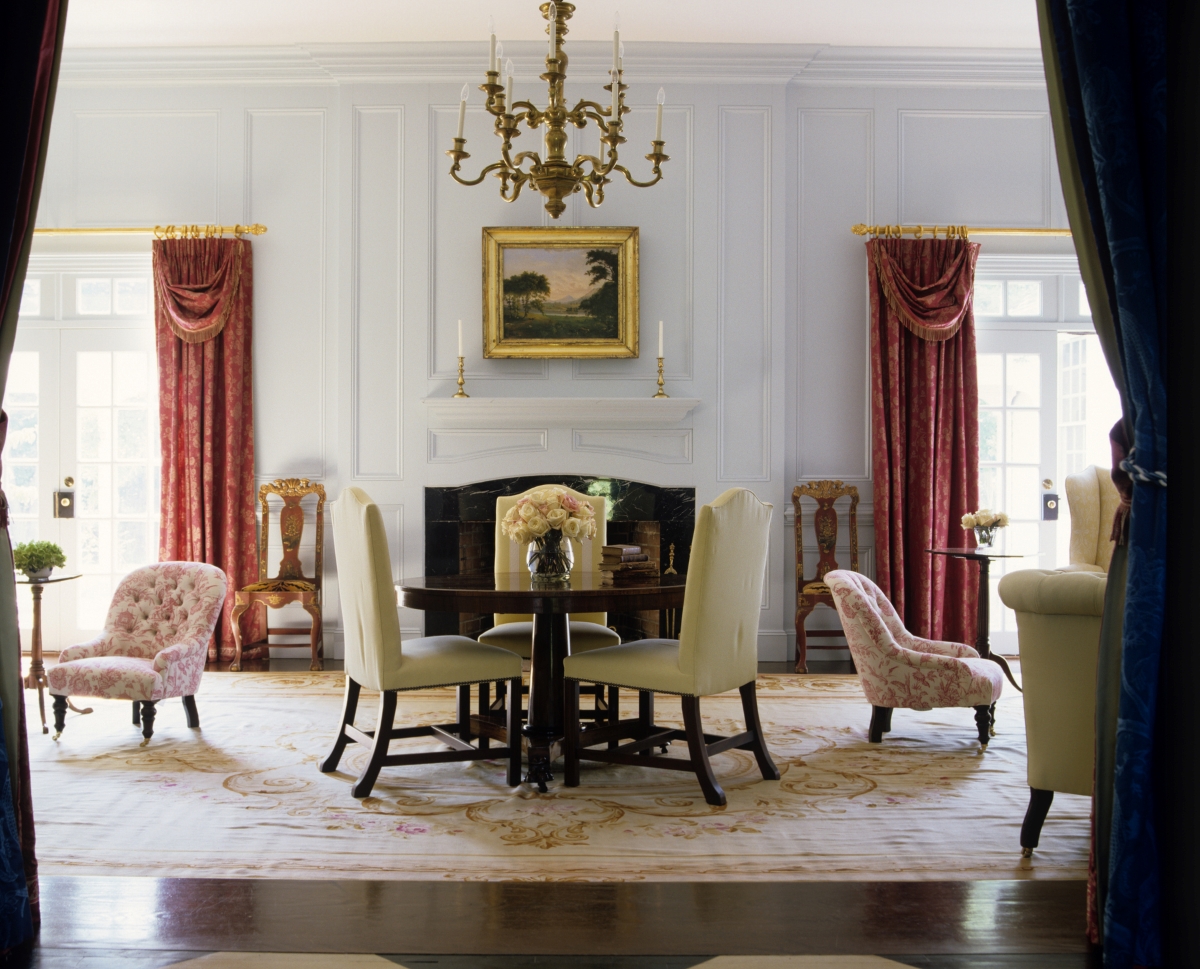
Photo: Pieter Estersohn/Corbis Documentary via Getty Images
First floors in newer houses tend to be light and airy, while in older homes these family spaces are more likely to be snug and intimate. Although retrofitting interior walls may seem impractical or undesirable, there are plenty of ways to divvy up large spaces. For instance, half walls and built-in cabinets or bookcases are great for creating smaller functional areas. If construction seems too daunting, consider using strategically placed furnishings or a vintage-style folding room screen to define cozier spaces.
Texturize flat interior doors.
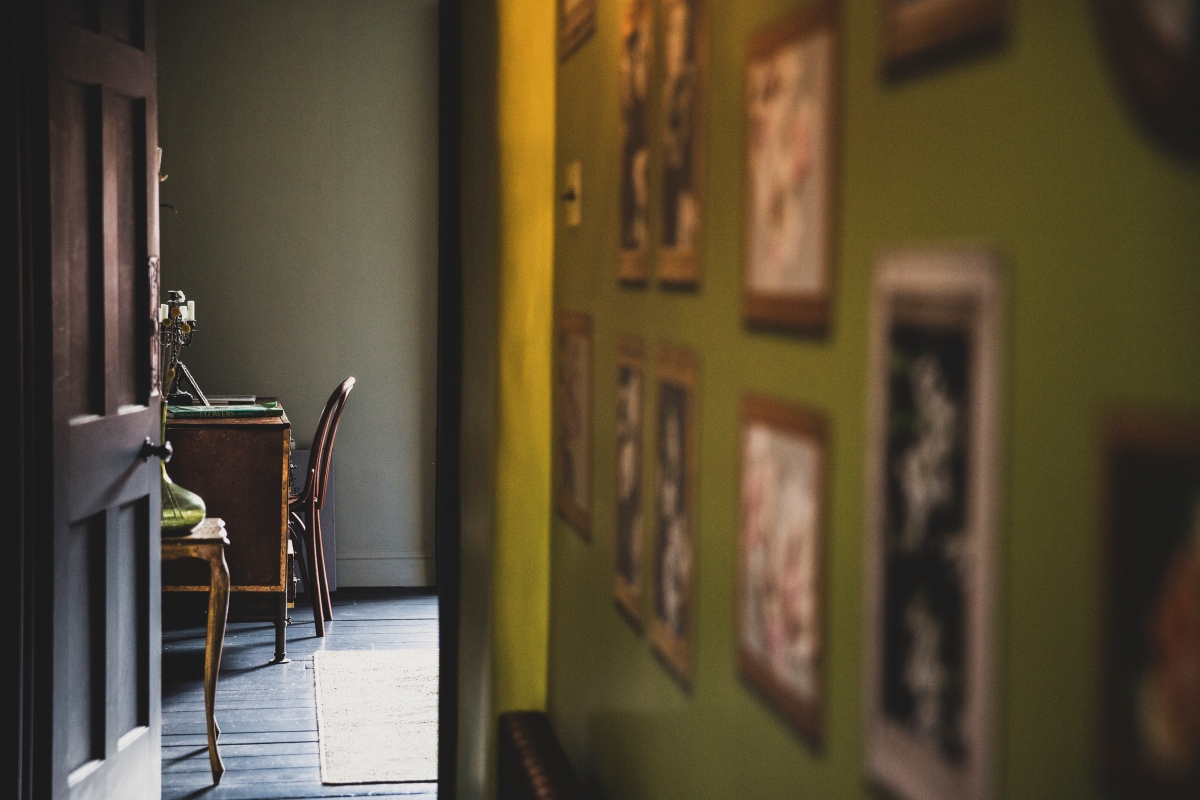
Photo: Mint Images/Mint Images RF via Getty Images
A builder’s grade flush interior door gives off a cold, no-frills vibe that positively trumpets “contemporary.” Do a little research into styles that capture the period you’re aiming for and replace those drab doors with more elegant paneled options. As an alternative, you can save some money by applying trim to your flat doors to create a paneled look.
Swap out kitchen and bath fixtures.
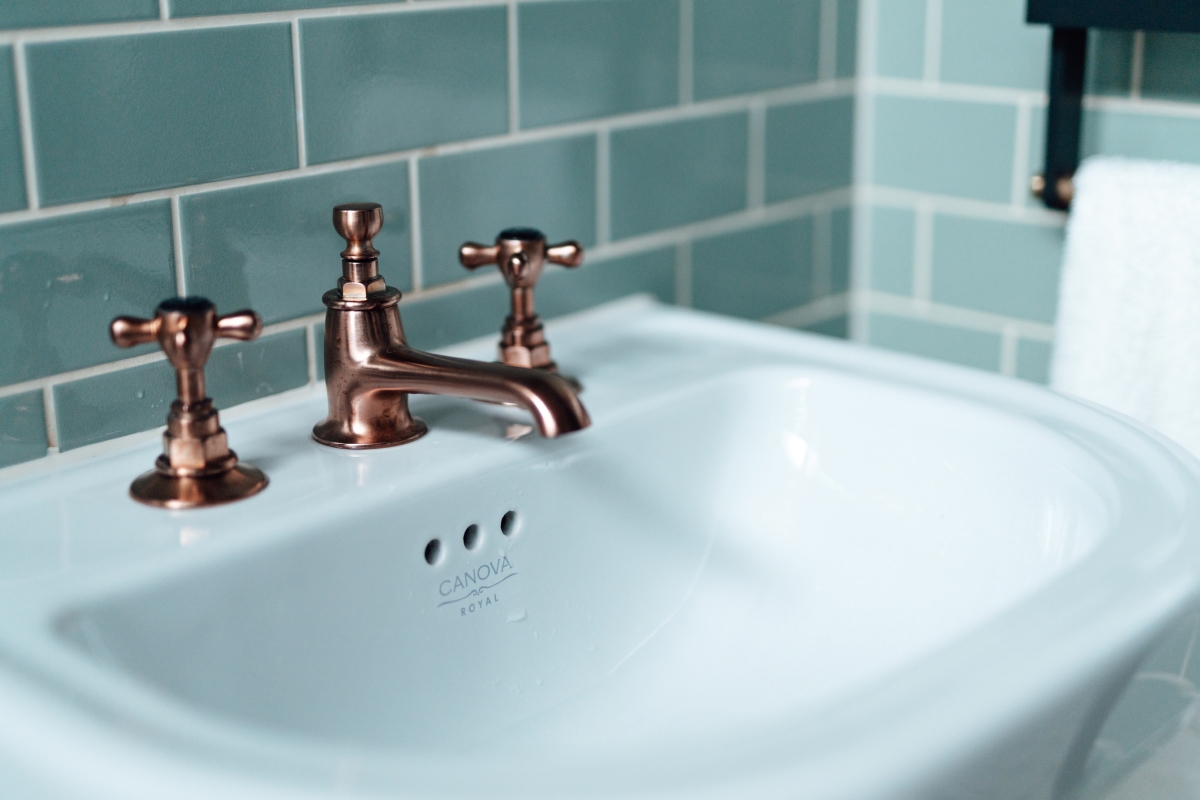
Photo: Oscar Wong/Moment via Getty Images
In the kitchen and bathroom, retro-style sinks, faucets, vanities, and bathtubs help foster an old-house aesthetic. Opt for two-handle faucets rather than single-handle styles and classic white ceramic or porcelain sinks instead of stainless. Reliable old-house touches include a claw-foot tub and pedestal sink in the bathroom, and an expansive, farmhouse-style sink with an integrated drainboard in the kitchen.
Make the most of custom trim.
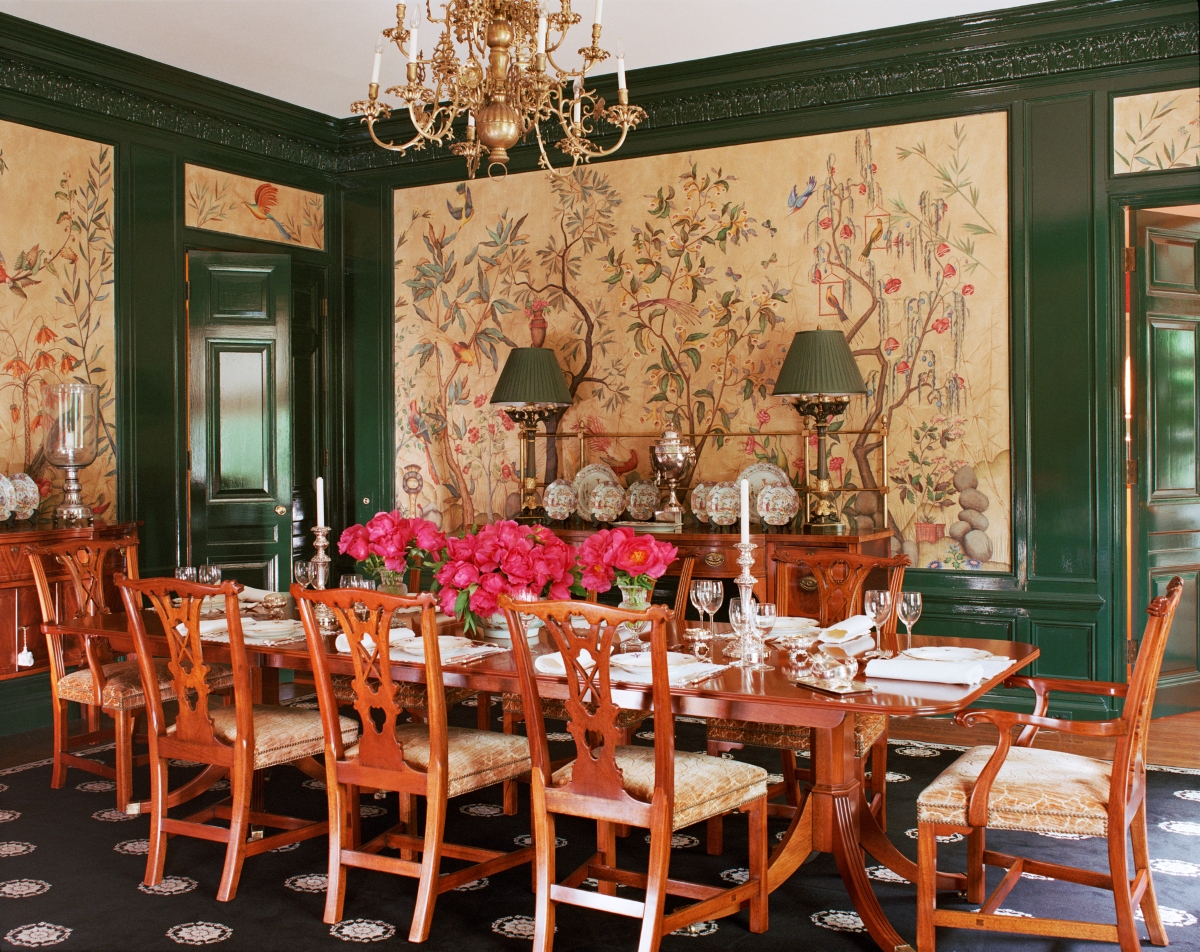
Photo: Fernando Bengoechea/The Image Bank Unreleased via Getty Images
Interiors of old houses were frequently embellished with custom trim work. Bring the craftsmanship of the past to your own home with details like ceiling medallions, fancy door moldings, and chair rail and picture molding. Carefully chosen and installed trim can add interest and texture to boring surfaces and imbue a room with elegance and a sense of history.
Trade out the doorknobs.
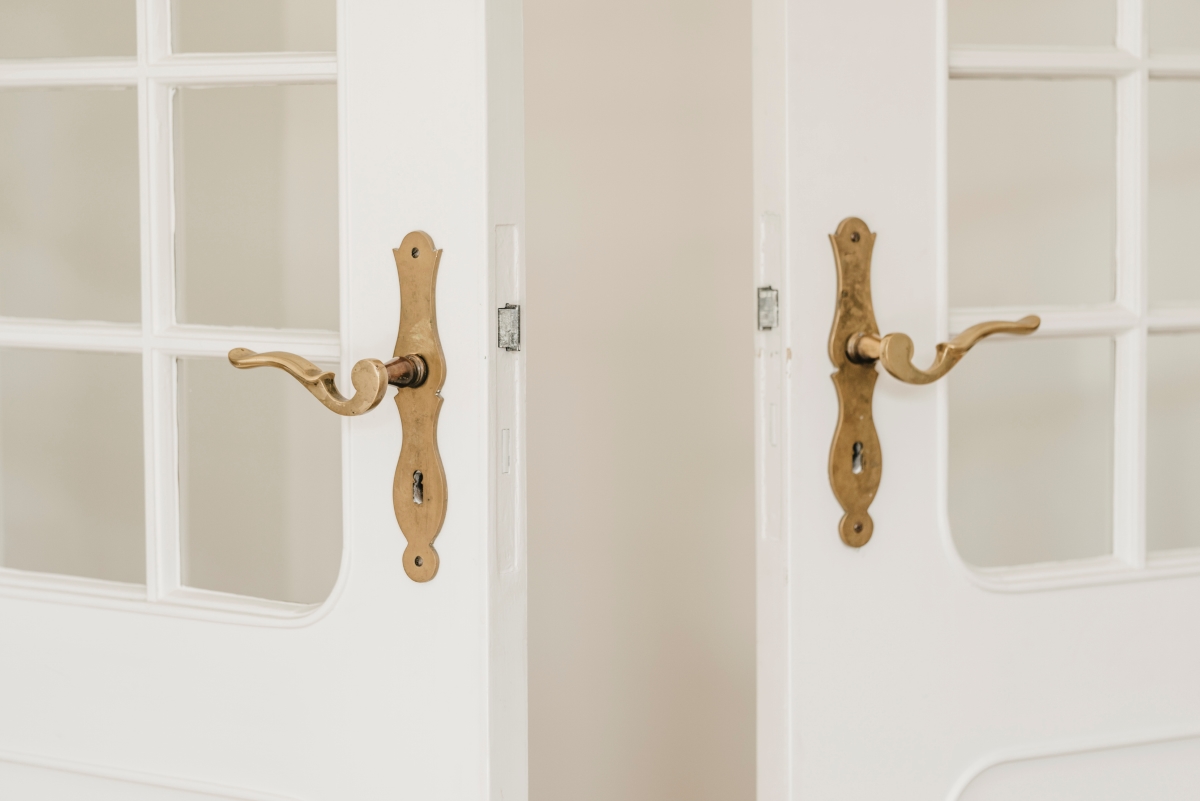
Photo: Westend61 via Getty Images
Why settle for basic, functional interior door knobs when there’s such a wealth of period-appropriate styles available, both reproduction and salvaged? Recall the grace of bygone days with crystal or porcelain knobs, or brass knobs with floral patterns, all paired with decorative backplates. Remember: Small details like doorknobs can have an outsize impact.
Add beams to the ceiling.
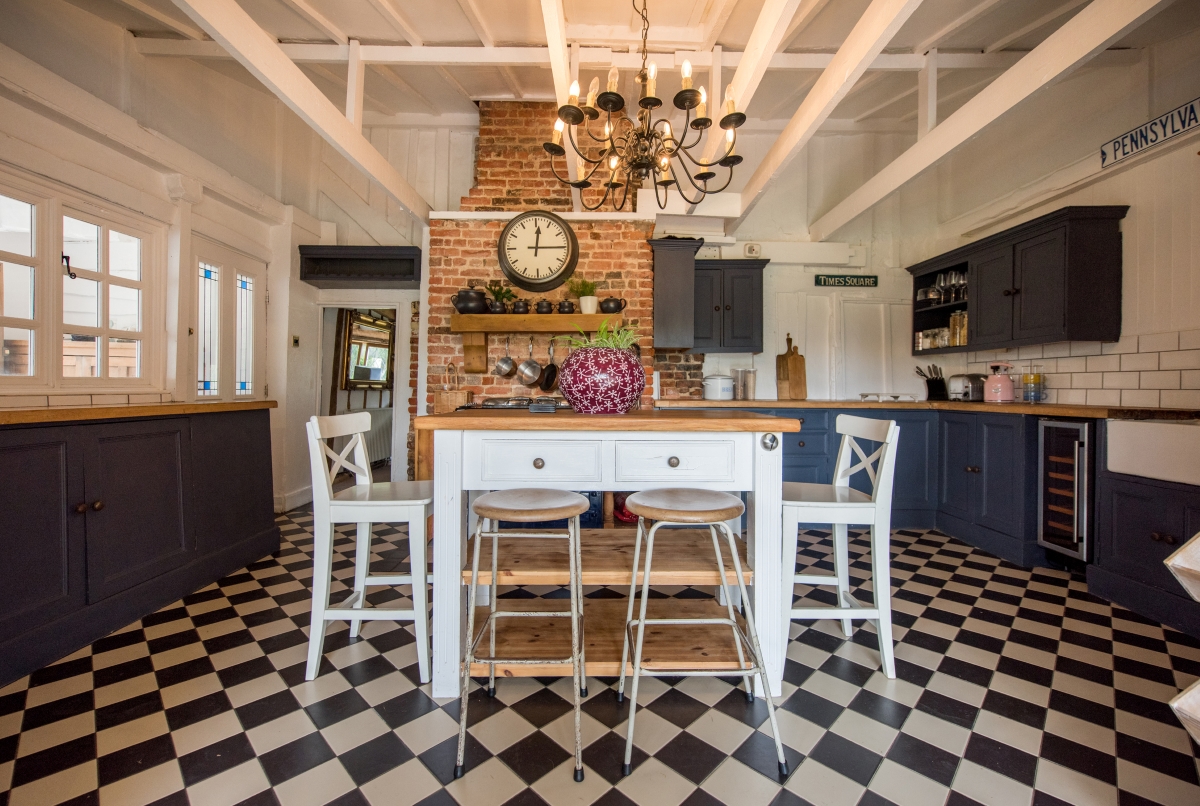
Photo: John Keeble/Moment via Getty Images
Wood beams are a wonderful way to add character to both modern and traditional interiors. Accent the ceiling of a long room by adding evenly spaced beams, or mount a single beam over a doorway for a dramatic take on trim. With real and faux wood beams available at a variety of price points, they’re a great way to create character overhead without going overboard.
Create a wood accent wall.
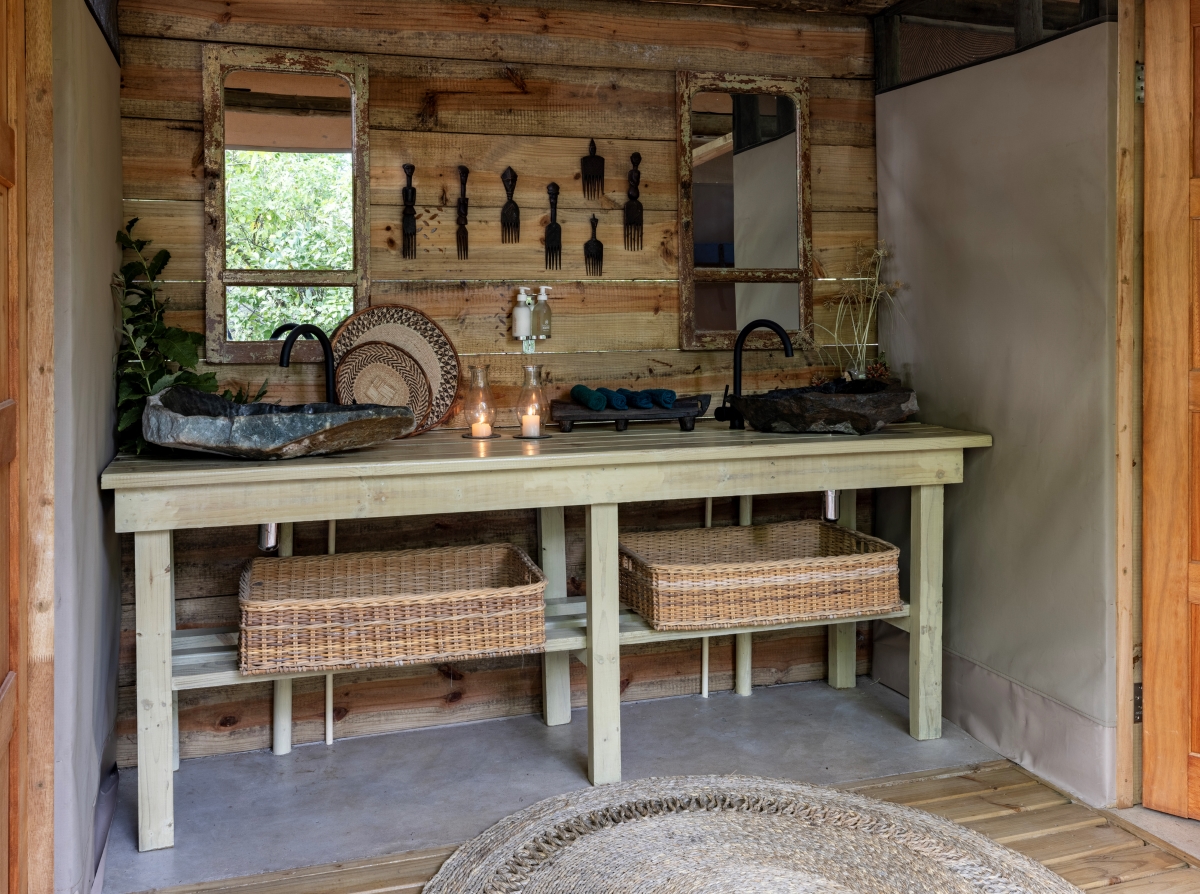
Photo: Martin Harvey/Photodisc via Getty Images
As an alternative to a painted accent wall, wood paneling offers instant warmth and cabin-like coziness, and creates a one-of-a-kind focal point. For a modern look, position the planks horizontally and leave them natural. Opt for whitewash for an informal beachy or lived-in cottage feel.

Everything You Need for a Lush and Healthy Lawn
Keeping your grass green and your plants thriving doesn’t just take a green thumb—it starts with the right tools and supplies.